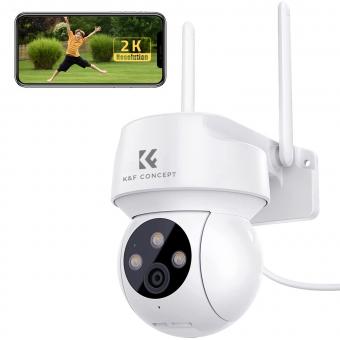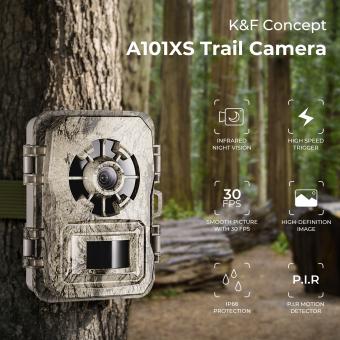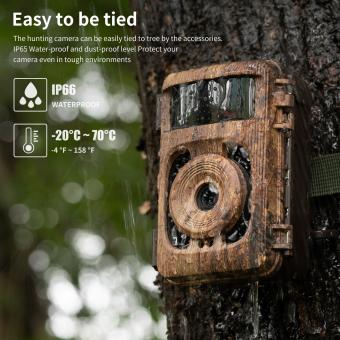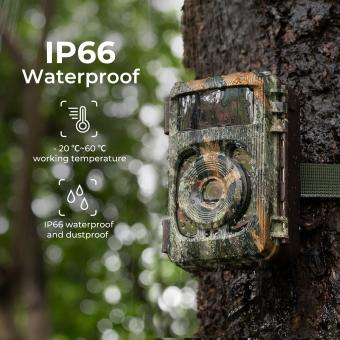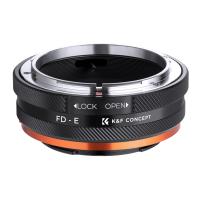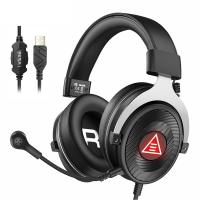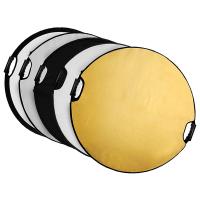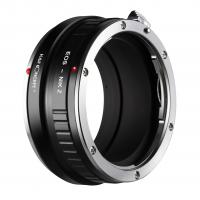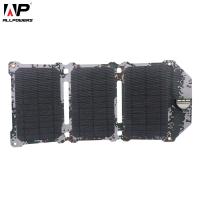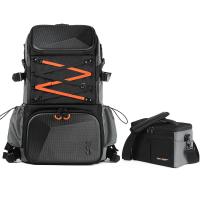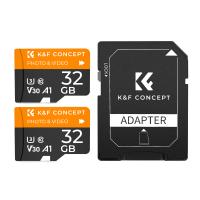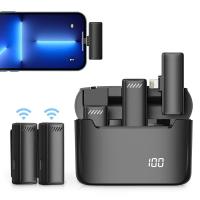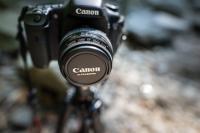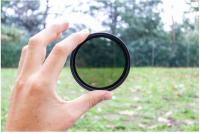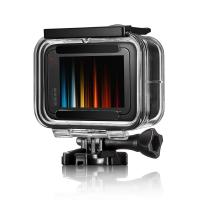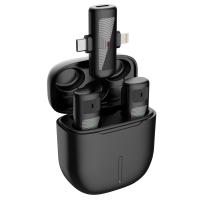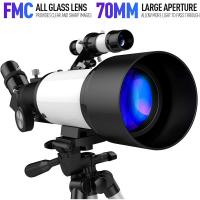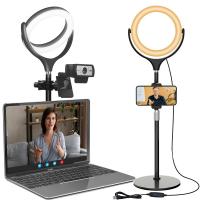How High To Mount Outdoor Security Camera?
When it comes to mounting outdoor security cameras, one of the most frequently asked questions is about the optimal height for installation. This is a crucial consideration because the height at which you mount your camera can significantly impact its effectiveness in capturing clear and useful footage. In this article, we will delve into the various factors that influence the ideal mounting height for outdoor security cameras, provide practical guidelines, and address common concerns to help you make an informed decision.
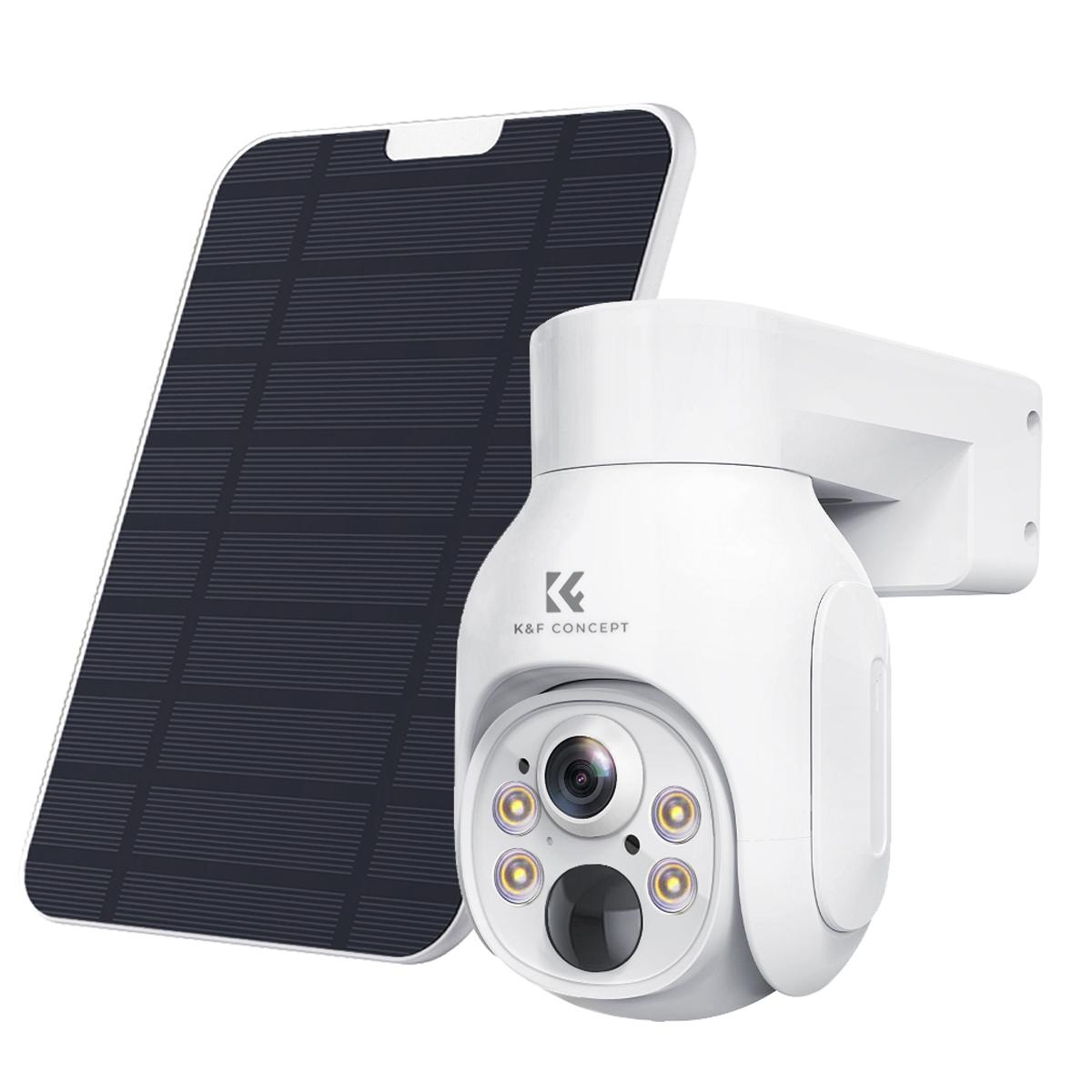
Understanding the Importance of Mounting Height
The height at which you mount your outdoor security camera can affect several key aspects:
1. Field of View: The camera's ability to capture a wide and comprehensive view of the area.
2. Image Clarity: The clarity and detail of the footage, especially for identifying faces and license plates.
3. Vandalism and Tampering: The camera's vulnerability to being tampered with or vandalized.
4. Weather Exposure: The camera's exposure to elements like rain, snow, and direct sunlight.
General Guidelines for Mounting Height
While the optimal height can vary depending on specific circumstances, there are some general guidelines that can help you determine the best height for your outdoor security camera:
1. Residential Properties: For most residential properties, mounting the camera at a height of 8 to 10 feet above the ground is recommended. This height is high enough to deter tampering and vandalism but low enough to capture clear images of faces and other details.
2. Commercial Properties: For commercial properties, especially those with larger areas to cover, mounting the camera at a height of 10 to 20 feet may be more appropriate. This height provides a broader field of view and reduces the risk of tampering.
3. Entry Points: For cameras positioned at entry points such as doors and gates, a height of 7 to 8 feet is ideal. This height allows the camera to capture clear images of individuals entering and exiting the property.
4. Perimeter Surveillance: For cameras monitoring the perimeter of a property, a height of 10 to 12 feet is generally effective. This height provides a good balance between field of view and image clarity.
Factors to Consider
Several factors can influence the optimal mounting height for your outdoor security camera:
1. Camera Type: Different types of cameras have different capabilities. For example, dome cameras typically have a wider field of view and can be mounted higher, while bullet cameras may require a lower mounting height for optimal performance.
2. Lens and Angle: The lens type and angle of the camera also play a role. Wide-angle lenses can cover more area and may allow for higher mounting, while narrow-angle lenses may require a lower height to capture detailed images.
3. Lighting Conditions: Consider the lighting conditions in the area where the camera will be installed. Cameras mounted too high may struggle with poor lighting, especially at night. Ensure that the camera has adequate lighting or night vision capabilities.
4. Obstructions: Be mindful of any obstructions that could block the camera's view, such as trees, buildings, or other structures. Adjust the mounting height to ensure a clear line of sight.
5. Purpose of Surveillance: The primary purpose of the camera will also influence the mounting height. For example, if the goal is to monitor a specific area for intruders, a higher mounting height may be more effective. If the goal is to capture detailed images of individuals, a lower height may be necessary.
Practical Tips for Installation
Here are some practical tips to ensure the effective installation of your outdoor security camera:
1. Use Mounting Brackets: Use sturdy mounting brackets to secure the camera in place. Ensure that the brackets are compatible with the camera model and can withstand outdoor conditions.
2. Weatherproofing: Ensure that the camera is weatherproof and can withstand the elements. Consider using protective housings or covers for added protection.
3. Cable Management: Properly manage and conceal cables to prevent tampering and ensure a clean installation. Use weatherproof cable conduits if necessary.
4. Test the View: Before finalizing the installation, test the camera's view to ensure it covers the desired area and captures clear images. Make any necessary adjustments to the height and angle.
5. Regular Maintenance: Regularly inspect and maintain the camera to ensure it continues to function effectively. Clean the lens, check for any damage, and ensure that the camera is securely mounted.
Addressing Common Concerns
Q: Can I mount the camera higher than 20 feet?
A: While it is possible to mount a camera higher than 20 feet, it may not be ideal for capturing detailed images. Higher mounting heights can result in a loss of detail, making it difficult to identify faces and other important features. If you need to cover a large area, consider using multiple cameras at different heights.
Q: What if my property has multiple levels?
A: For properties with multiple levels, consider installing cameras at different heights to cover each level effectively. For example, you can mount cameras at the ground level to monitor entry points and at higher levels to cover the overall property.
Q: How do I prevent tampering and vandalism?
A: To prevent tampering and vandalism, mount the camera at a height that is difficult to reach without a ladder. Additionally, consider using vandal-resistant cameras and protective housings. Regularly check the camera to ensure it has not been tampered with.
Q: What if I need to monitor a specific area, like a driveway or backyard?
A: For specific areas like driveways or backyards, adjust the mounting height based on the size and layout of the area. For driveways, a height of 8 to 10 feet is usually effective. For backyards, consider the presence of any obstructions and adjust the height accordingly.
Determining the optimal height for mounting your outdoor security camera is a critical step in ensuring effective surveillance. By considering factors such as the type of property, camera capabilities, lighting conditions, and the primary purpose of surveillance, you can make an informed decision that maximizes the camera's effectiveness. Remember to follow practical installation tips and address common concerns to achieve the best results. With the right mounting height, your outdoor security camera can provide clear and comprehensive coverage, enhancing the security of your property.

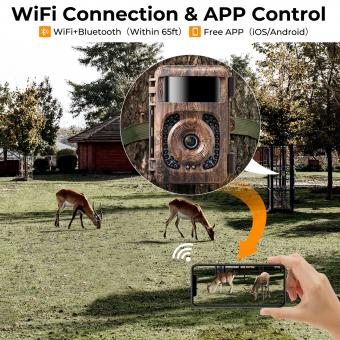
![[4X Optical Zoom] Recharge power Security Camera PTZ Outdoor for Home Security with Human Detection Auto Tracking-UK Standard [4X Optical Zoom] Recharge power Security Camera PTZ Outdoor for Home Security with Human Detection Auto Tracking-UK Standard](https://img.kentfaith.com/cache/catalog/products/us/KF50.0003/KF50.0003-1-340x340.jpg)

